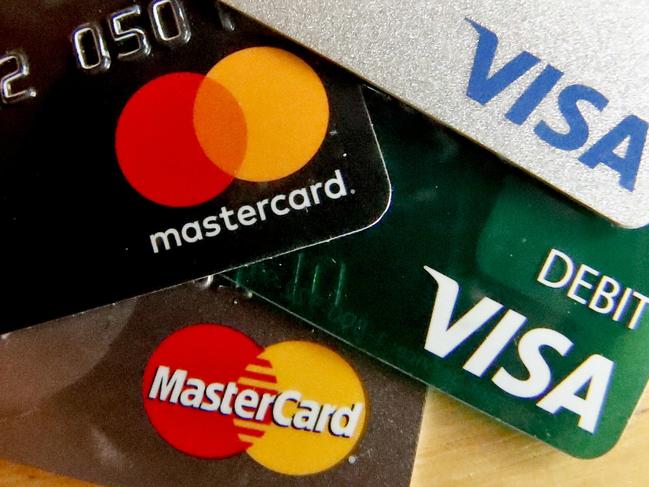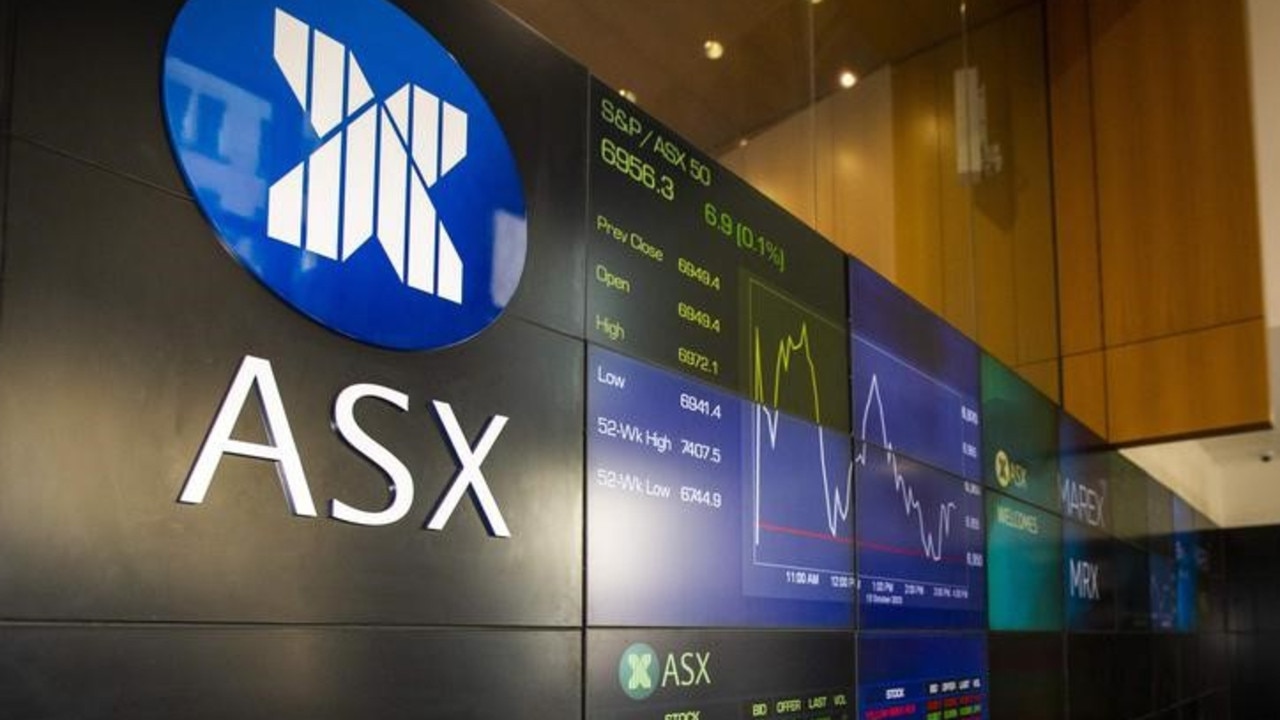Greedy banks’ shameless rip-off
No matter how many banks we asked, no one would answer this simple question — and it’s costing Australians thousands every year.

Interest Rates
Don't miss out on the headlines from Interest Rates. Followed categories will be added to My News.
When was the last time your credit card interest rate went down? Longer than you can remember, probably.
The interest rate on a standard credit card is 19.77 per cent. But the official cash rate is just 1.5 per cent. If that seems like a big gap to you, so it should.
The gap between the average interest rate on a standard credit card and the official interest rate has never been higher as the next graph shows. That gap is over 18 percentage points.

Since 2010, the official cash rate has fallen. But credit card interest rates have barely budged.
Graham Cooke, insights manager at Finder, said the credit card rate used to follow the official RBA cash rate. “But that all went out the door from 2010 onwards,” Cooke said.
“If the banks had passed on the rate cuts as they have in the past, that would make the average standard rate today just 15 per cent,” he said.
Banks make money by lending at higher rates than they borrow. Credit cards have always had much higher interest rates than the cash rate. But never so high as now. Let’s compare to 1995. The cash rate was 7.5 per cent — five times higher than now. But the average standard credit card interest rate was lower than now — under 17 per cent. So why the big reversal?
YEAH, WHY?
I asked several banks and credit card operators why the credit card rate stopped following the official cash rate. None of them gave me a proper answer. The closest I got was a response from an ANZ bank spokesman who said credit cards were unsecured lending and “a completely different proposition to home loans and other secured lending”.
Secured lending refers to loans “secured” against collateral — for example, mortgages, where the bank can take your house if you don’t pay.
“The RBA cash rate is only one factor in determining our funding costs. The cash rate is more linked to secured forms of lending,” the spokesman said.
Like many things official spokespeople say, that is true and addresses the same topic as my question, but it doesn’t actually answer the question.
Is he implying credit card defaults are rising? The share of credit cards in default has risen since 2010 but only slightly — up from around 1.2 per cent to 1.7 per cent.
Perhaps a bigger reason for higher interest rates is the share of people paying interest has fallen, as the next graph shows.

Interest payers went from being almost 40 per cent of credit card holders to around 25 per cent between 2010 and 2016. That might explain the high interest rates — banks need to make more money from the shrinking share of people who do pay interest.
With all this happening, is it any surprise young people are ditching Visa and Mastercard for Afterpay and Zip? Those companies also let you buy now and pay later. And don’t have interest rates at all. (Just big fees that catch you if you don’t pay on time!)
THE RBA GETTING FLUSTERED
But when banks don’t pass interest rate movements on, it makes the RBA’s job quite tricky.
In 1995, a young RBA analyst from the economic analysis department wrote a research paper on interest rates.
“The stickiest interest rate is the rate on credit cards,” he wrote.
That young analyst is now RBA governor Philip Lowe, and he probably didn’t imagine credit card interest rates would become so sticky they now don’t seem to move at all. And he probably wishes they were less sticky.
If interest rates stop moving altogether it reduces the power of monetary policy (i.e. changing official interest rates).
The point of changing the official rate is to change in turn the interest rates banks charge consumers. If banks don’t change the interest rates we pay, there’s less power in monetary policy. The interest rate cuts aren’t passed on, and the RBA’s changes have less effect.

SO HOW TO CHOOSE A CREDIT CARD?
There exists a kind of credit card called a low-rate credit card. You can see their rates in the first graph, above. If you’re paying interest on your card balance, you need to get onto one of them — urgently. Don’t get seduced by rewards or bells and whistles. Just take a low fee, low interest rate card. And then make paying off your balance a priority.
Jason Murphy is an economist. He writes the blog Thomas the Think Engine. Continue the conversation @jasemurphy

Originally published as Greedy banks’ shameless rip-off



